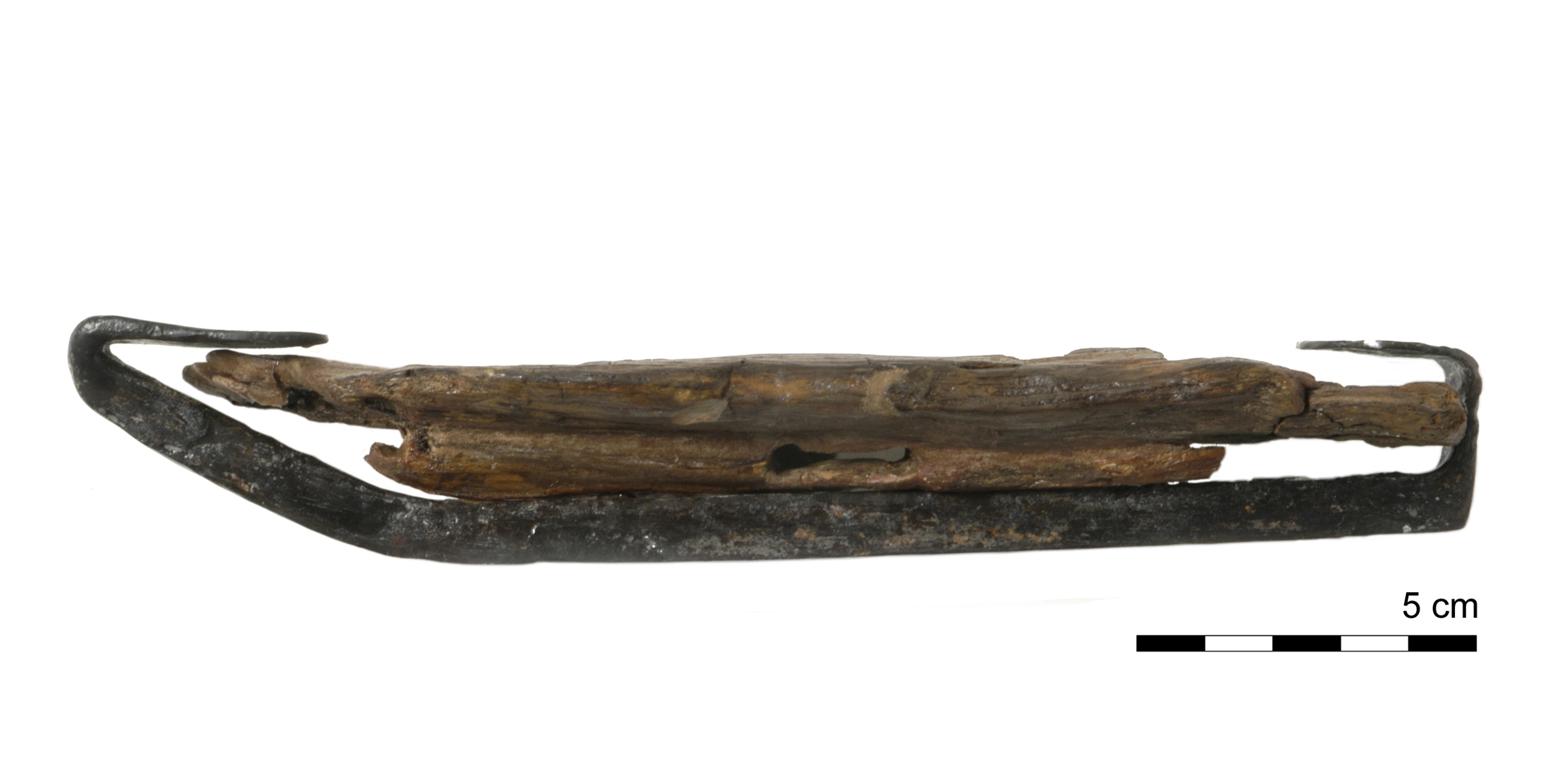Prikschaats is the Dutch name for a type of medieval skate that includes a spike at the toe. It translates to “prick-skate.” I’ve already written about prikschaatsen here and here. I also made a pair.

I made them out of part of a regular old 2×4 and some 3/8″ square bar stock (mild steel). The methods I used weren’t entirely historically accurate. The ordinary power tools and propane forge were analogous to medieval methods—the same workflow, with less soot and exercise. But I did use electric welding, which was definitely not available 500+ years ago, to attach the toe picks.
I’ve skated on them and they do work. After a bit of practice, I was able to skate by pushing with the toe picks. Since the blades are wide and flat (not hollow-ground like modern figure and hockey skates), they tend to slide sideways, which makes it difficult to push off an edge like modern skaters do. Skating on them feels more like walking than skating on modern skates does. For an intermediate step between pole-pushing and edge-pushing, this seems quite reasonable.
My prikschaatsen are featured in CIADC’s online member gallery!










